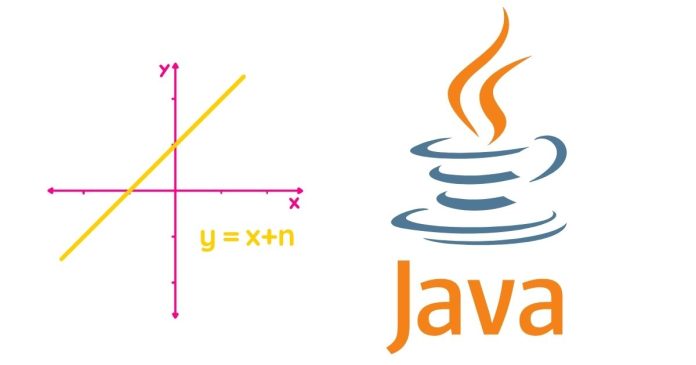In Java, raising a number to a power is a common mathematical operation used in various applications, including scientific calculations, data processing, and algorithm development. Java provides multiple ways to perform this operation, ranging from built-in methods to custom implementations.
This article covers how to raise a number to a power in Java with examples and best practices.
1. Using the Math.pow() Method
The Math.pow() method is the simplest and most common way to raise a number to a power in Java. It is part of the java.lang package, which is automatically imported.
Syntax:
base: The number to be raised.exponent: The power to raise the base to.- Returns: The result as a
double.
Example:
Output:
Notes:
- The result is always a
double, even if the inputs are integers. - For integer powers, the result might need to be cast back to an integer if required.
2. Raising to an Integer Power Using Loops
For integer exponents, you can implement a custom method using a loop. This is especially useful for optimizing performance in specific scenarios.
Example:
Output:
Explanation:
- The
powermethod multiplies the base by itselfexponenttimes. - This method works only for non-negative integer exponents.
3. Handling Negative Exponents
To handle negative exponents, calculate the reciprocal of the base raised to the positive exponent.
Example:
Output:
4. Using Recursion
Recursion is another approach to raise a number to a power, particularly for educational purposes or when implementing divide-and-conquer strategies.
Example:
Output:
5. Using BigInteger for Large Numbers
For very large numbers, BigInteger is the preferred data type as it can handle values beyond the range of primitive types.
Example:
Output:
Notes:
- The
BigInteger.pow(int exponent)method handles only non-negative exponents.
6. Best Practices
- Choose the Right Method:
- Use
Math.pow()for general-purpose calculations. - Use loops or recursion for specific cases, such as integer-only powers or educational purposes.
- Use
- Handle Special Cases:
- Any number raised to the power of 0 is 1.
- 0 raised to any positive power is 0.
- Be cautious with 0 raised to 0, which may require application-specific handling.
- Optimize Performance:
- Use efficient algorithms like “exponentiation by squaring” for large integer exponents.
- Consider Precision:
- Be aware of floating-point precision errors when working with large or fractional powers.
Java provides several methods for raising a number to a power, each suitable for different scenarios. Whether you’re working with integers, floating-point numbers, or very large values, there’s a solution to fit your needs. By understanding these approaches, you can efficiently perform power calculations in your Java programs.


